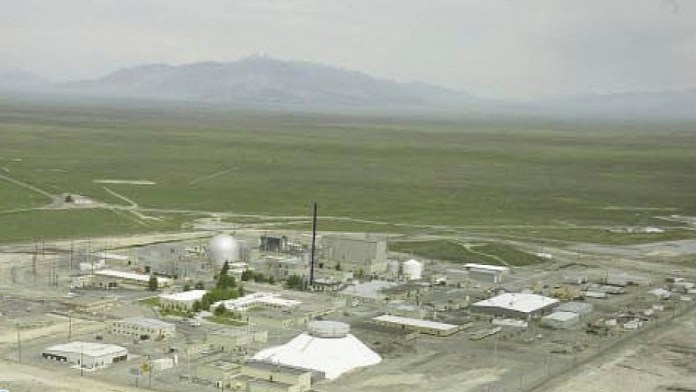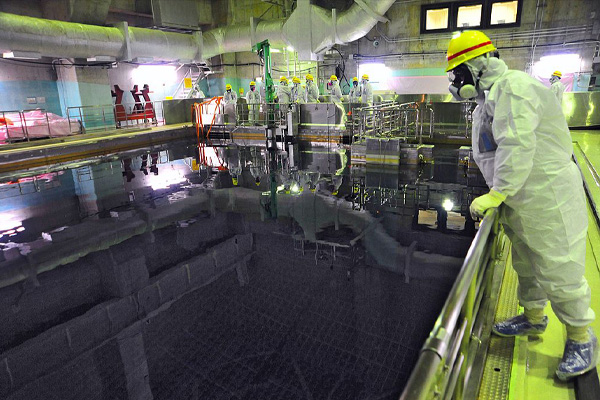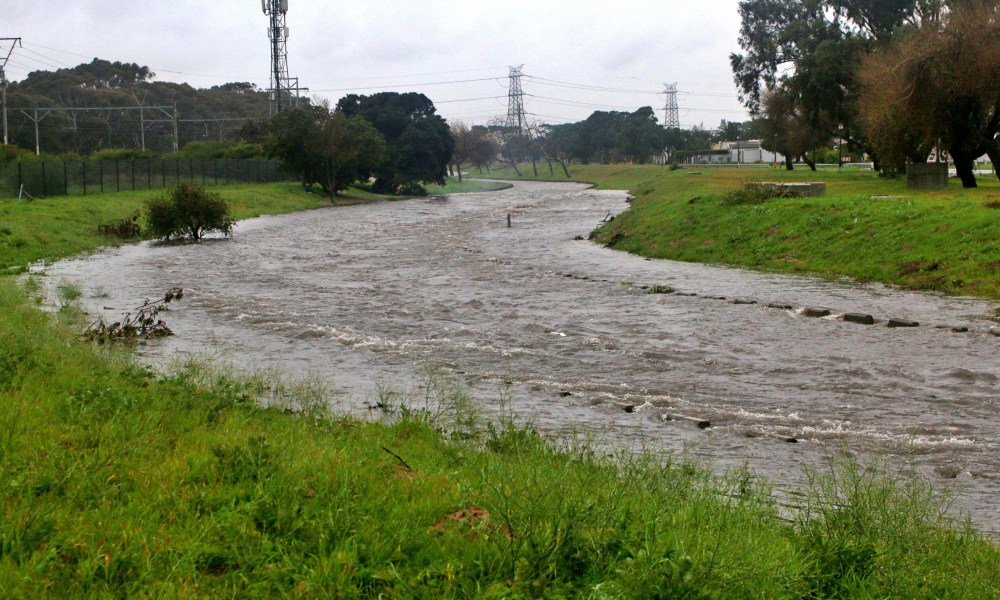
Canada is embarking on a significant and controversial project to manage its growing stockpile of used nuclear fuel. The country has announced plans to build a deep geological repository (DGR) to securely store nuclear waste underground, marking a pivotal moment in its approach to nuclear waste management.
The proposed site, set to be located near Ignace, Ontario, is being hailed as a long-term solution to a decades-old problem but has also sparked debate among environmentalists, local communities, and energy experts.
The Problem of Nuclear Waste
Nuclear energy accounts for approximately 15% of Canada’s electricity generation, with facilities primarily located in Ontario, Quebec, and New Brunswick. While nuclear power is a low-carbon energy source, it produces highly radioactive waste in the form of spent fuel rods.
Currently, this waste is stored temporarily in above-ground facilities near nuclear reactors. However, these interim solutions are not sustainable. Used nuclear fuel remains hazardous for thousands of years, requiring a more permanent and secure storage method to prevent environmental contamination and safeguard public health.
The concept of deep geological storage has been explored worldwide as a viable solution. By burying nuclear waste deep underground in stable rock formations, the risk of leaks, human interference, and natural disasters can be minimized.
Canada to store used nuclear

The Proposed Solution
The Nuclear Waste Management Organization (NWMO), a federally mandated body, has been tasked with implementing Canada’s plan for nuclear waste disposal. After an extensive site selection process that began in 2010, the NWMO identified Ignace in northern Ontario as the preferred location for the DGR.
The facility will involve burying used nuclear fuel in specially designed containers within a network of tunnels drilled into stable rock formations approximately 500 meters underground. These containers will be encased in multiple layers of protective barriers to prevent the release of radiation.
The project’s estimated cost is CAD 23 billion and is expected to take decades to complete. Construction of the repository is projected to begin in the early 2030s, with operations potentially starting by 2040.
Benefits of Deep Geological Storage
Advocates argue that the DGR is a critical step toward addressing one of the most pressing challenges of the nuclear energy industry. By providing a long-term solution for waste disposal, the repository could enhance public confidence in nuclear power as a safe and sustainable energy source.
Proponents also emphasize the economic benefits of the project, particularly for the Ignace region. The construction and operation of the facility are expected to create hundreds of jobs and stimulate local economic growth over several decades.
Additionally, the project aligns with Canada’s broader climate goals. As the country works to transition to a low-carbon economy, nuclear energy is likely to play a key role in reducing greenhouse gas emissions. A robust waste management strategy is essential to the industry’s viability.
Opposition and Concerns
Despite its potential benefits, the project has faced significant opposition. Environmental groups have raised concerns about the long-term safety of storing nuclear waste underground, warning of potential risks such as groundwater contamination and unforeseen geological events.
Local Indigenous communities have also expressed reservations about the repository’s impact on their land and water resources. The NWMO has committed to extensive consultation and partnership with Indigenous groups, but some remain unconvinced about the project’s safety and ethical implications.
Critics have also questioned the decision to place the facility near Ignace, arguing that it may disproportionately impact rural and Indigenous populations while benefiting urban areas that consume the majority of nuclear energy.
Global Context
Canada’s move mirrors similar initiatives in other countries. Finland is set to open the world’s first operational deep geological repository, Onkalo, in the coming years. Sweden, France, and the United States are also pursuing similar projects.
While these projects share a common goal, they face unique challenges based on geography, public opinion, and political dynamics. Canada’s plan is being closely watched as a potential model for other nations grappling with nuclear waste management.
The Road Ahead
As Canada moves forward with its deep geological repository, significant hurdles remain. The project requires approval from federal and provincial regulators, as well as continued engagement with local communities and stakeholders. The NWMO has emphasized its commitment to transparency and scientific rigor, stating that safety will remain the top priority.
While the debate over nuclear energy and waste disposal continues, the DGR represents a bold attempt to address a long-standing issue. Whether it succeeds will depend not only on technological and geological factors but also on public trust and collaboration.
For now, Canada’s plan signals a major step in its commitment to responsible nuclear energy management, setting the stage for a safer and more sustainable future.
Source: eNCA
In other news – Kanye West’s kids drop major bombshell
Kanye West, known as much for his artistry as for his controversial personal life, finds himself back in the spotlight. This time, it’s not his music or bold statements making headlines but surprising revelations allegedly made by his children.

These claims, though unverified, have sparked widespread public interest and added another layer to the ongoing narrative surrounding the iconic rapper and his family. Read more
#Canada #store #nuclear #fuel #underground #site



